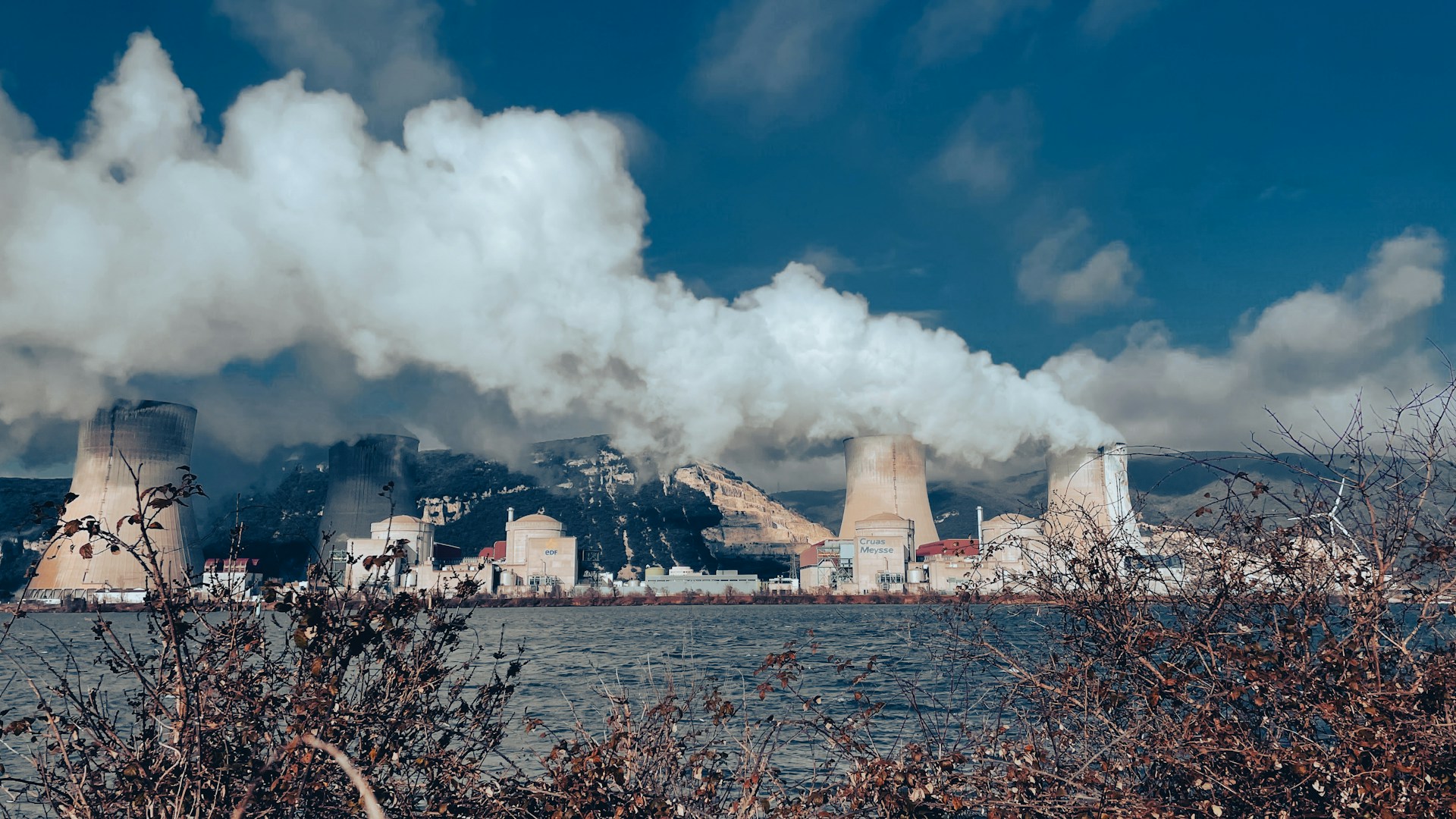As part of its new fiscal 2024 budget, the US Department of Energy has received $2.7 billion in funding to boost domestic uranium production. Shuttered uranium mines across several states have initiated processes to re-open in recent weeks. Miners are looking to capitalize on a wave of lifespan extensions for many nuclear power plants, as well as potential restrictions on Russian uranium imports into the US. Spot U3O8 prices jumped to a 16-year high above $100/lb earlier this year.
Demand for the yellow metal is expected to surge 28% by the start of the next decade. The need for special highly enriched reactor fuel, known as high-assay low-enriched uranium (HALEU), is also likely to spike in years to come. HALEU is essential for the operations of advanced reactor technologies, but Russia is the sole commercial supplier of the fuel and the US just began producing it in small quantities last Autumn.
Related ETF: North Shore Global Uranium Mining ETF (URNM)
Last week, as part of the fiscal 2024 spending bill for the Department of Energy (DoE) and several other agencies, US President Biden signed into law $2.7 billion in funding to boost domestic uranium production, plus $100 million for the Nuclear Regulatory Commission to expand nuclear workforce training. This builds on a renewed wave of optimism around the future of nuclear power, as well as several ongoing efforts to spur North American output of uranium – the metal used to feed fission reactors. MRP has covered increasingly lengthy extensions of service for a number of nuclear power plants (NPPs) throughout the US and Europe.
Per Financial Times reporting, at least five US-listed producers are re-opening uranium mines in Texas, Wyoming, Arizona and Utah. These sites were idled following a crash in the price of the commodity, which followed in the wake of the Fukushima nuclear accident in Japan in 2011. Though only one death can be directly attributed to the meltdown at the Japanese power plant after it was hit by a Tsunami, the event turned much of the world off to nuclear fission more than a decade ago. That era of anti-nuclear sentiment appears to have only recently met a symbolic end, with the release of treated irradiated water from the destroyed Fukushima plant last August.
Global uranium production dropped by a quarter to 47,731 tonnes from 2016 to 2020. Part of that was due to intentional reductions in output, which MRP highlighted all the way back in 2018, meant to ease a large glut of the yellow metal built up in the first half of that decade. Those long-lived curbs, in addition to…
To read the complete Intelligence Briefing, current All-Access clients, SIGN IN All-Access clients receive the full-spectrum of MRP’s research, including daily investment insights and unlimited use of our online research archive. For a free trial of MRP’s All-Access membership, or to save 50% on your first year by signing up now, CLICK HERE










